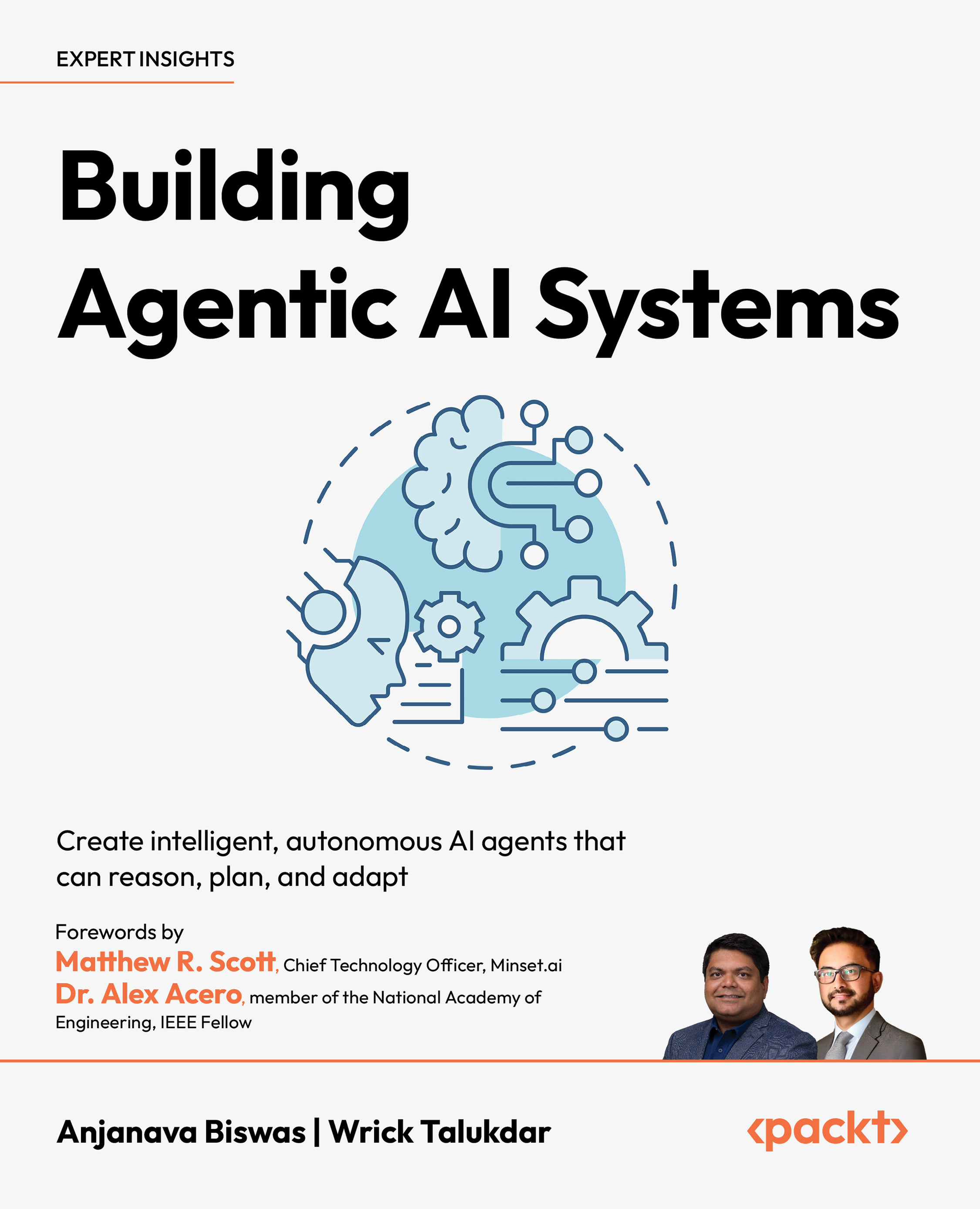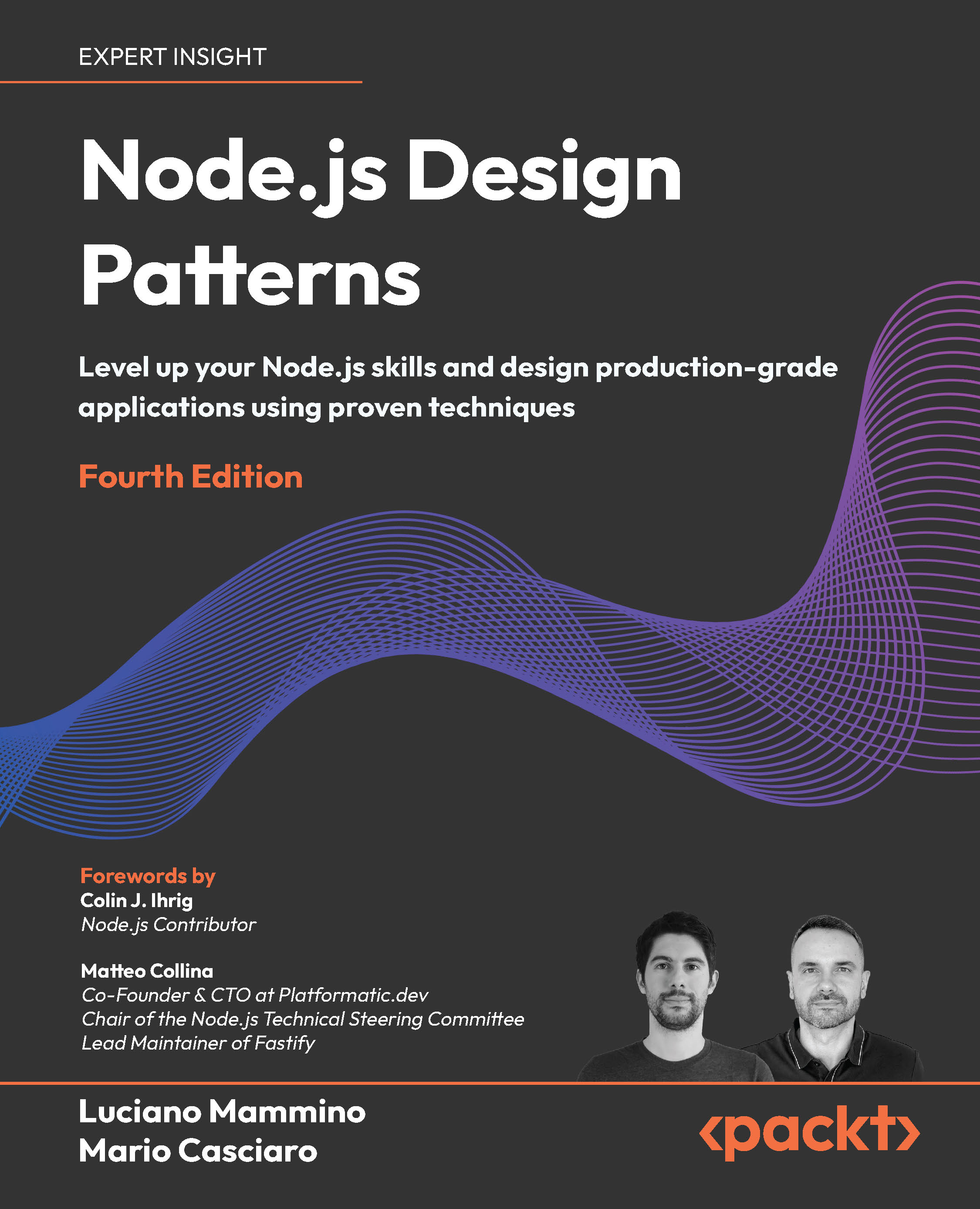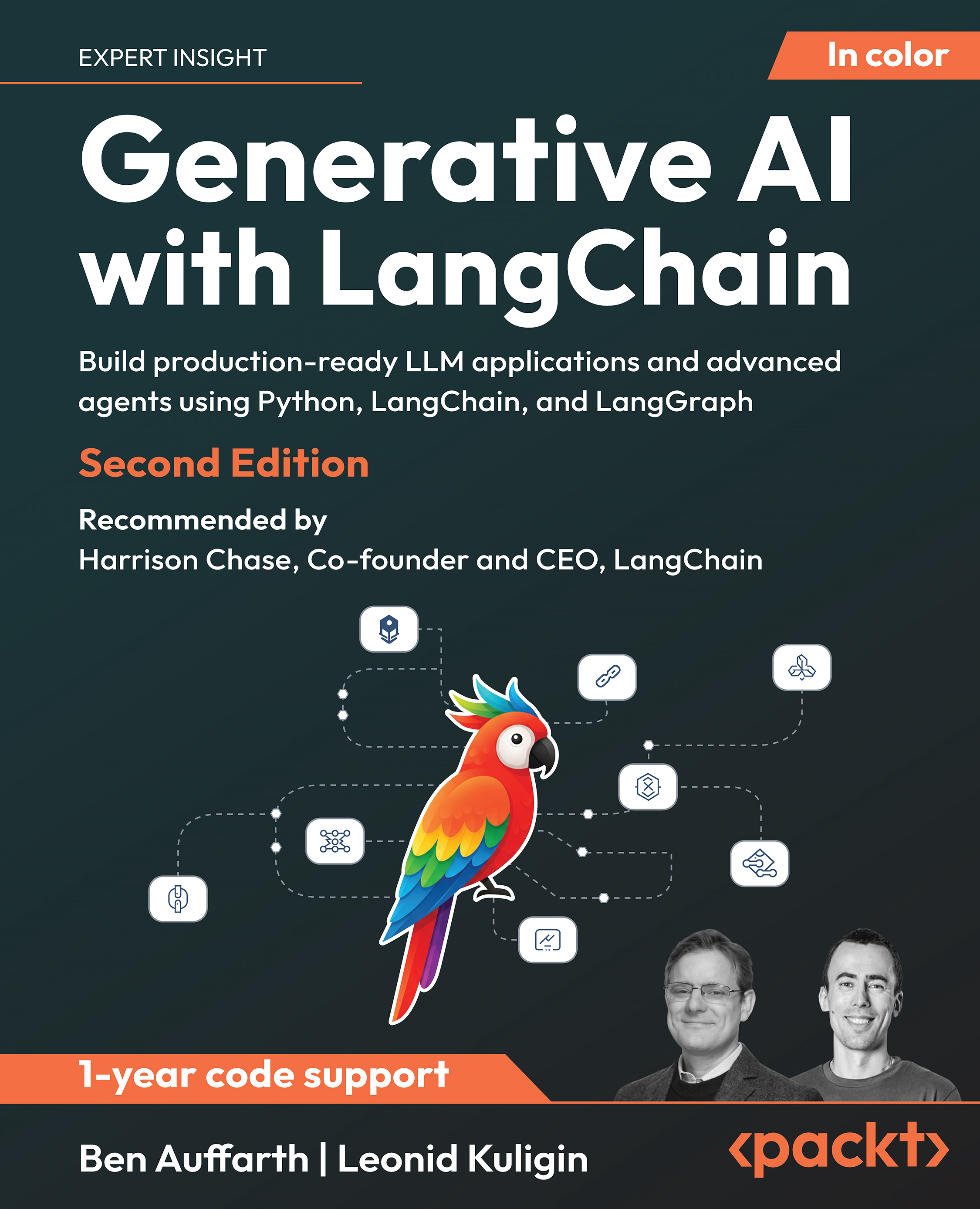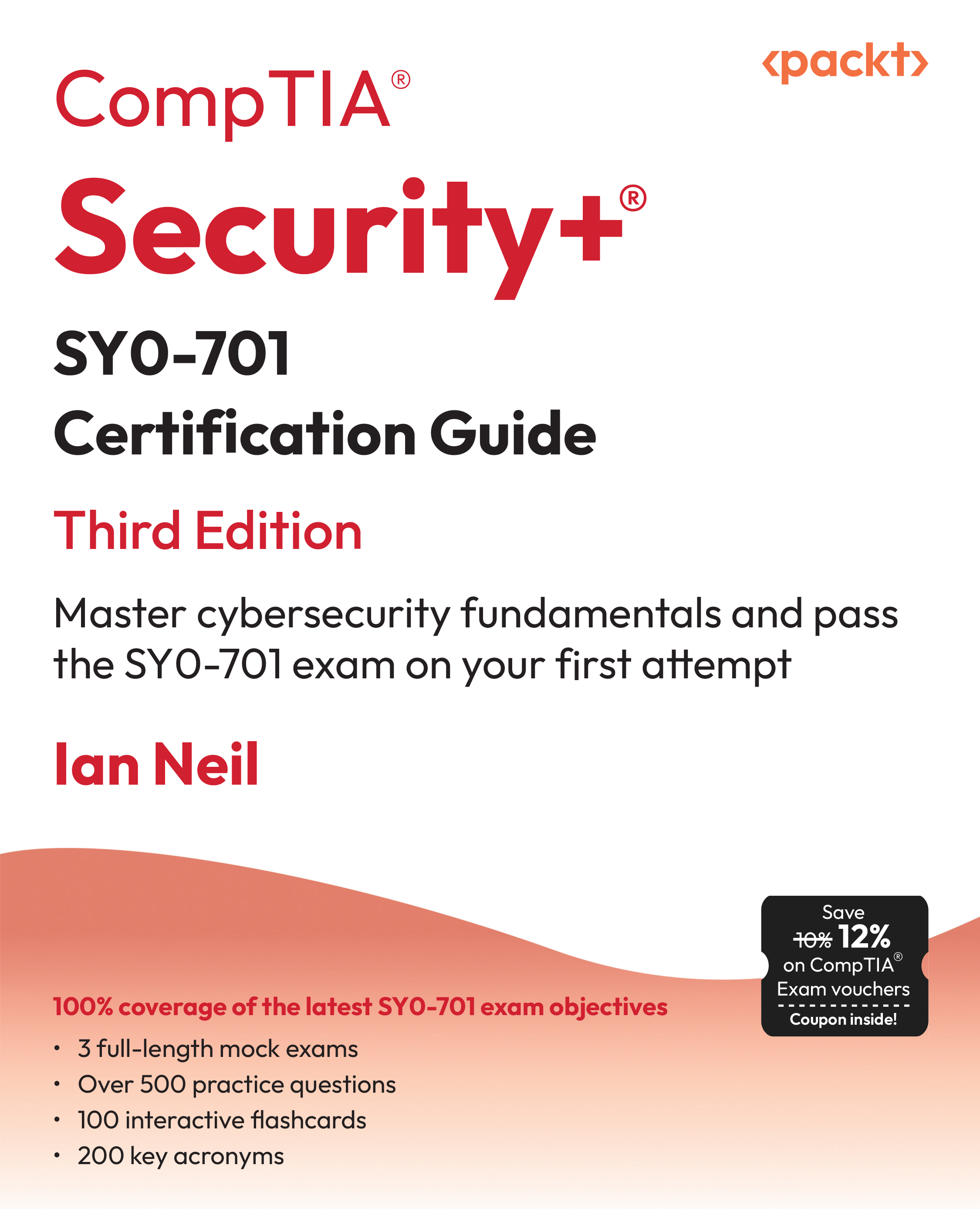Understanding an organization’s content
“Organizational goals, real-world resources, who your users are, what your users want, competitor activities, and many other factors all affect whether … your Web content will be successful.”—Kristina Halvorson
Before defining an IA strategy for an information space or product, you must first analyze and understand the content that already exists—including its scope, the topics it covers, and the types of content—any gaps in that content, and what content the organization needs develop or acquire to fill those gaps.
If you’re working in partnership with a content strategist, you’ll be able to obtain much of the information you need about the organization’s current and planned content from your colleague. Otherwise, you’ll likely need to take responsibility for gathering that information yourself by interviewing your team’s content managers, content creators, and other content owners. To accelerate your information-gathering process, you should consider facilitating a content-strategy meeting, bringing together five to seven key content owners from a variety of disciplines for a discussion about the information space’s content.
In the section “Content-owner interviews,” in Chapter 6, Understanding and Structuring Content, you’ll find a long list of the questions to which you might need to get answers during your content-owner interviews or content-strategy meetings, including questions about planning an information space’s content, assessing an organization’s existing content, creating new content, and learning about the organization’s content-development and content-management processes. In addition to content-owner interviews, Chapter 6 also describes a variety of other content-analysis methods in depth, including how to conduct content inventories, content audits, content mapping, and competitive content analyses. These methods enable you to gain a deep understanding of an information space’s content that can inform the definition of an effective IA strategy and drive the design of a successful information architecture.
Once you fully understand the scope of the organization’s existing content, the topics and types of content that an information space already comprises, the content’s meaning and value to target users, its business value to the organization, what additional content your team needs to create or acquire, and how to create a coherent structure for the information space, you’ll also need to determine how best to structure the information space’s content on its individual pages and specific types of page templates.
Content modeling focuses on the design of detailed page structures by decomposing the pages’ content into chunks and determining the order in which to sequence those chunks. The content objects on any given page can be static, dynamic, or a combination of the two. A content model’s key elements comprise the information space’s content types, content components, and access structures. You’ll find more information about modeling content in the section “Bottom-up information architecture,” later in this chapter.
If an organization has not yet created all the content an information space would require, help your team’s content strategist to plan what content the content team should create. However, if there is no content strategist on your team, you might need to take on some of the responsibilities of that role as well to ensure that a viable content strategy exists and the content team can move forward with developing the necessary content for the information space. Plus, as you work on your IA strategy, you might discover gaps in the organization’s content. Be sure to share this information with your content team.
As your organization identifies evolving content requirements for an information space, you must frequently realign your IA strategy with the organization’s business strategy, and your information architecture must continually adapt to accommodate those needs. In fact, an organization’s business strategy, content strategy, IA strategy, content development, and information architecture typically evolve in parallel with one another.
 United States
United States
 Great Britain
Great Britain
 India
India
 Germany
Germany
 France
France
 Canada
Canada
 Russia
Russia
 Spain
Spain
 Brazil
Brazil
 Australia
Australia
 Singapore
Singapore
 Canary Islands
Canary Islands
 Hungary
Hungary
 Ukraine
Ukraine
 Luxembourg
Luxembourg
 Estonia
Estonia
 Lithuania
Lithuania
 South Korea
South Korea
 Turkey
Turkey
 Switzerland
Switzerland
 Colombia
Colombia
 Taiwan
Taiwan
 Chile
Chile
 Norway
Norway
 Ecuador
Ecuador
 Indonesia
Indonesia
 New Zealand
New Zealand
 Cyprus
Cyprus
 Denmark
Denmark
 Finland
Finland
 Poland
Poland
 Malta
Malta
 Czechia
Czechia
 Austria
Austria
 Sweden
Sweden
 Italy
Italy
 Egypt
Egypt
 Belgium
Belgium
 Portugal
Portugal
 Slovenia
Slovenia
 Ireland
Ireland
 Romania
Romania
 Greece
Greece
 Argentina
Argentina
 Netherlands
Netherlands
 Bulgaria
Bulgaria
 Latvia
Latvia
 South Africa
South Africa
 Malaysia
Malaysia
 Japan
Japan
 Slovakia
Slovakia
 Philippines
Philippines
 Mexico
Mexico
 Thailand
Thailand



















